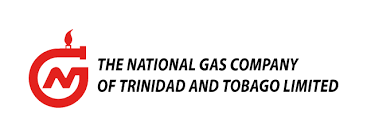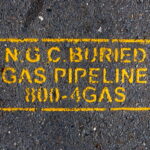For most of the past century, energy has been the lifeblood of Trinidad and Tobago’s economy, starting with oil in the early 1900s, then transitioning to natural gas in the latter decades. In addition to directly enriching the public purse through taxes and export revenues, the energy sector provides the product that is a starting point or primary ingredient for many other industries that generate wealth and employment in the country.
Despite this ubiquity and importance, there are still lamentable gaps in public knowledge and understanding of the energy value chain, due in part to the complexity of the sector, and the fact that much of its infrastructure is buried underground or installed offshore.
To help close these gaps, NGC has supported the production of ’energy maps’ since 2005. These maps are comprehensive cartographical pictures of Trinidad and Tobago’s domestic sector and the general regional energy sector. Produced in partnership with the UK- based energy multimedia giant Petroleum Economist with inputs from the Ministry of Energy and Energy Industries, as well as other energy companies — these maps have become a seminal resource for energy stakeholders. Through these maps, state and corporate entities, local and foreign investors, academics, and members of the general public have gained a clearer understanding of how energy resources are distributed and utilised locally and across the region.
Read Full Article from More Than Just A Pipeline June 2024







